Revealed: Brits' life expectancy by 2050 and how it compares globally
Where people will live the longest by the middle of this century

Monkey Business Images/Shutterstock
Life expectancy is increasing globally thanks to improved healthcare and hygiene, medical technology advances, and poverty reduction. In fact, the human race is steadily edging towards the ultimate lifespan of 150 years, according to recent research.
There's still a very long way to go to reach that milestone, and even by 2050, massive life expectancy disparities between countries are predicted to persist. While the global average is expected to rise from 73.4 to 77.2 years by 2050, some countries, particularly in Africa, are projected to fall way short of that figure.
Read on to discover the predicted life expectancy in 2050 for 30 selected countries based on data collated by database.earth, ranked from the lowest to the highest. All dollar amounts in US dollars.
Chad: 58.3 years
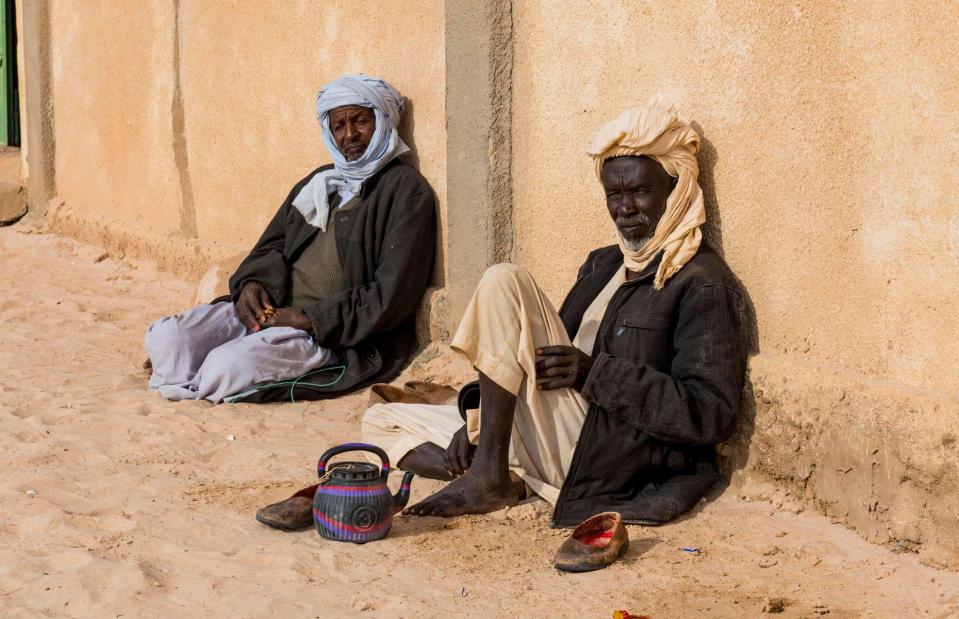
imageBROKER.com GmbH & Co. KG/Alamy
Life expectancy in Chad is expected to be the lowest in the world in 2050 at 58.3 years, but this is a marked improvement on the current figure of 53.7 and massively better than the 1950 average of just 36.2.
Chad has long been beset by civil conflict, extreme poverty, and widespread malnutrition. It has one of the world's highest infant mortality rates and infectious diseases such as malaria and HIV are rife. Fortunately, the population of the country will likely benefit over the next 27 years from medical advancements including the first-ever malaria vaccine, improving living standards, and better healthcare availability.
South Africa: 70 years

Sunshine Seeds/Shutterstock
The HIV epidemic precipitated a pronounced drop in life expectancy in South Africa during the 1990s and 2000s when the figure dipped from around 63 years to under 54. Effective antiretroviral therapy has since pretty much reversed the decline.
Life expectancy in the country is set to rise to 70 by 2050, though huge disparities may endure. For instance, the wealthier minority white population tend to live far longer than the poorer majority Black population.
Indonesia: 74.7 years

Mirosław Nowaczyk/Alamy
Indonesia's life expectancy has advanced in leaps and bounds since 1950 when it stood at just 39.4. Now pegged at 71.1, the figure is projected to rise to 74.7 in 2050.
Nevertheless, Indonesia trails behind upper-middle-income countries in terms of life expectancy, and the nation's healthcare spending per capita is the second-lowest among the 38 OECD countries and five partner nations. In the face of widespread opposition, the country's government passed a healthcare reform bill in 2023 seeking to boost the number of doctors by making it easier for foreign physicians to work in the country. The bill also allows for the private sector to fund public hospitals and contains proposals intended to improve healthcare for ordinary Indonesians.
Philippines: 75.4 years

Joel D. Pinaroc/Shutterstock
Despite a recent dip related to COVID-19, which caused considerable falls in other countries, life expectancy in the Philippines has been trending upward in a significant way, particularly since 2013. The figure is currently 72.3 years, a notable increase from 70.8 in 2013 and 53.6 in 1950.
In a recent article in The Manila Times, Lisa Grace Bersales of the Commission on Population and Development (CPD) attributes the increase to numerous factors: improved health systems, medical technology advances, wider access to generic medicines, and better lifestyle choices and education. These factors are also likely to drive the projected increase to 75.4 by 2050.
India: 77.9 years

Jayant Bahel/Alamy
India has made great strides since 1950 when life expectancy in the nation stood at just 41.7 years. The average is now over 72 and is expected to rise to 77.9 by 2050.
Medical advances, broader access to healthcare, better nutrition, and improved sanitation have contributed to the impressive increase in longevity. It's worth noting however that diarrhoeal diseases, which are relatively easy to prevent, remain a major cause of death in India, especially among females. Vast disparities also present a critical challenge going forward, with studies finding that marginalised groups, most notably adivasis (indigenous people), low-caste Dalits, and Muslim Indians, tend to die much younger than higher-caste Hindus.
Russia: 78.7 years
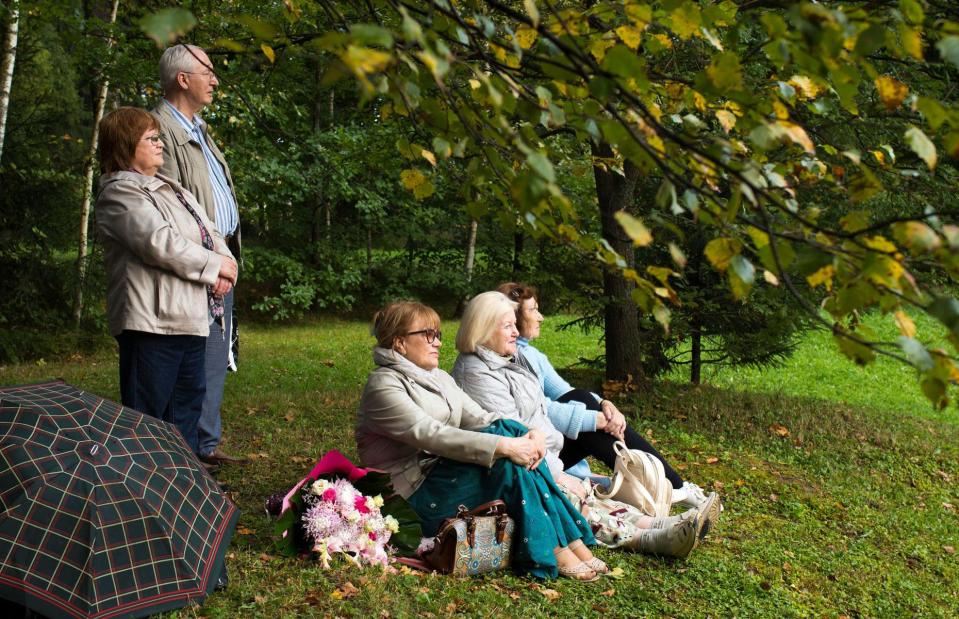
Elena Rostunova/Alamy
Russia's life expectancy is currently 74.6 years, but women live significantly longer than men in the country. The figure for females is 79.3 today, compared to just 69.5 for males. Russia's life expectancy gender gap is actually the largest in the world.
This is because deaths arising from preventable causes such as lifestyle factors, traffic accidents, and crime are far higher among men than women in the nation. Moreover, Russian deaths related to the war in Ukraine have been disproportionately among young men. While life expectancy for both sexes in Russia is projected to increase to 78.7 by 2050, the cavernous life expectancy gender gap is predicted to remain, merely narrowing from 9.8 to 7.9 years.
Mexico: 80 years

Cathyrose Melloan/Alamy
Life expectancy in Mexico is forecast to surpass the 80-year mark by 2050, up from just over 75 today and a lowly 44 in 1950. The rise has mainly been attributed to striking improvements in living standards and healthcare during the latter half of the 20th century.
That said, the jaw-dropping rise in murder rates this century, connected mainly to drug cartel violence, has caused the increase to slow. This is particularly true for males in the country, who saw their average life expectancy dip in the mid-2010s.
Malaysia: 80.8 years

Lano Lan/Shutterstock
Malaysians can expect to live to 76.4 years today, up from just under 47 in 1950. By 2050, average life expectancy is projected to hit 80.8.
As in Mexico, the increase in Malaysia's life expectancy has somewhat slowed this century. In this case, the culprit is mainly insufficient education surrounding treatable, non-communicable diseases such as diabetes, heart disease, and preventable cancers. Other challenges the government and health authorities face include persistent pockets of poverty and healthcare disparities among segments of the population.
Brazil: 81.3 years
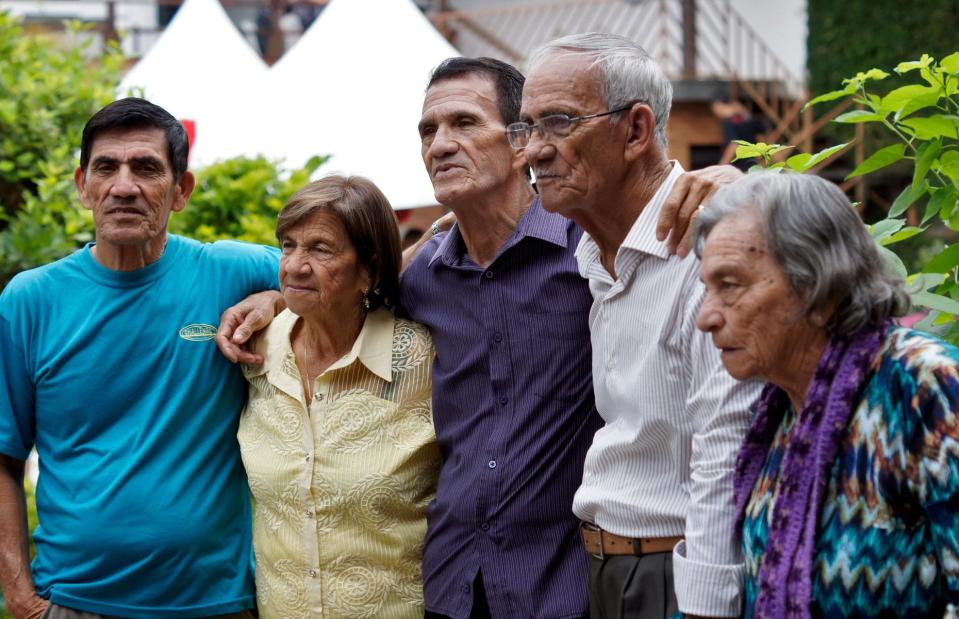
Mauricio Graiki/Alamy
On the flip side, life expectancy in Brazil has been on a strong upward trajectory over the last 70 years, aside from a COVID-related blip, rocketing from 48.1 years in 1950 to 76.2 today. It's set to rise further to 81.3 by 2050.
The average figure does, however, hide shocking polarities in a nation with some of the world's largest economic and health inequalities. For example, life expectancy for residents of São Paulo's poorest neighbourhood, Cidade Tiradentes, was just 58.3 in 2021, while for the well-heeled denizens of Alto de Pinheiros – the city's most affluent locale – it was pegged at 80.9. On the bright side, inequality has actually been falling this century, and the gap between rich and poor will likely narrow further in the future.
Saudi Arabia: 82.9 years

Vladimir Zhoga/Shutterstock
Saudi Arabia's life expectancy has almost doubled since 1950, when it stood at 41 years. The figure is now 78.1 and the forecast for 2050 is 82.9. Flush with oil wealth, the country has provided free healthcare to all its citizens for decades and now boasts one of the world's best healthcare systems.
But life expectancy has stagnated in recent years due to relatively unhealthy diets and lifestyle factors, including a lack of exercise among the general population. On the upside, the nation's government is investing over $1 billion (£813m) a year into the Hevolution Foundation, a research organisation tasked with pinpointing and funding innovative ways to decelerate the ageing process and extend the number of years people enjoy good health.
USA: 83.7 years

Nuva Frames/Shutterstock
US life expectancy rose from 68.1 years in 1950 to 79.7 in 2023 and is projected to hit 83.7 by 2050. These numbers are decidedly unimpressive compared to other high-income countries. America has much higher maternal and infant mortality rates than its peers, not to mention higher death rates among young people.
Health inequalities are stark, and the US has one of the world's highest obesity rates. Impoverished Black Americans are especially disadvantaged. Much of this can be attributed to a lack of universal healthcare – the US is the only industrialised country in the world that doesn't provide universal health coverage. However, it spends more on healthcare than any other nation.
China: 83.8 years
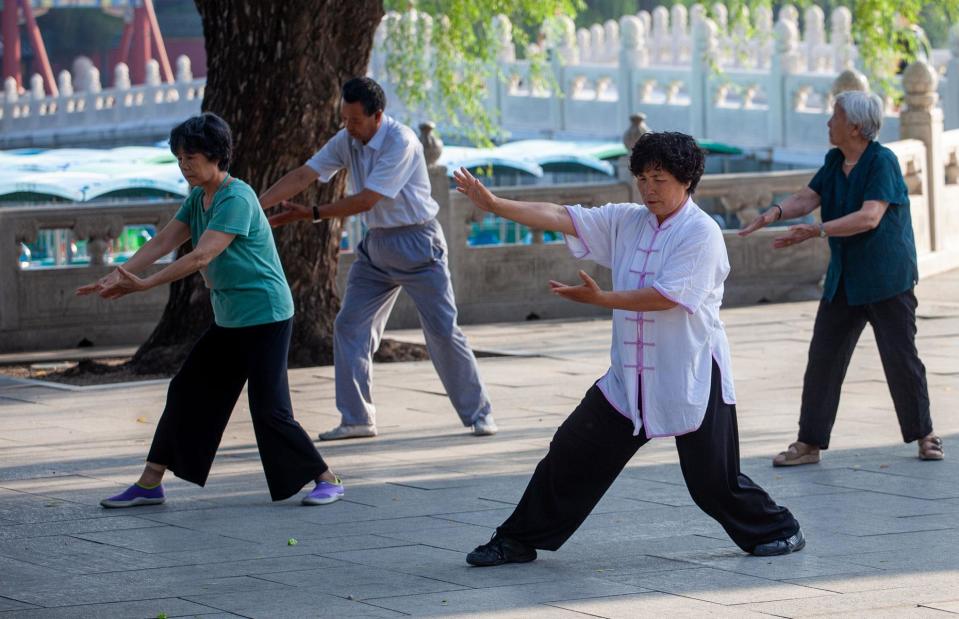
Mikhail Pankov/Shutterstock
Life expectancy in China stood at 43.8 years in 1950 but plummeted to 33.3 in 1960 as a consequence of the man-made Great Chinese Famine. Brought about by Chairman Mao's disastrous Great Leap Forward, it killed an estimated 30 million people.
Since then, the figure has steadily risen. Life expectancy is currently 78.8 and is expected to reach 83.8 by 2050. However, the forecasts for the Special Administrative Regions of Hong Kong and Macau are much higher at 89.5 and 89.2 respectively, which places them in the second and third positions globally. Their impressive longevity can be attributed to a host of factors, from excellent public healthcare to wholesome diets and low violent crime rates.
UAE: 85 years

FS Stock/Shutterstock
Like neighbouring Saudi Arabia, the UAE has seen a dramatic increase in life expectancy since 1950 when the figure was 41.1. It's now grown to 80.5 and is projected to rise to 85 in 2050.
As with Saudi Arabia, the increase in average lifespan in the country has stagnated in recent years despite a superior and free healthcare system for citizens, with experts attributing this to poor lifestyle choices among the general population. To accelerate a life expectancy increase in the nation, more emphasis is needed on educating the public about the risks of sedentary behaviours, poor diets, and other lifestyle factors.
Germany: 85.8 years

dpa picture alliance/Alamy
Germany's life expectancy is 82.2 today, up from 66.8 in 1950. The number is expected to rise to 85.8 by 2050.
Compared to the Western European average, Germany's life expectancy is low. According to a recent study by the Federal Institute for Population Research (BiB) and Max Planck Institute for Demographic Research, this can mostly be pinned on poor heart disease prevention. On a positive note, the German government announced plans last year for a new federal institute tasked with boosting life expectancy in the country.
UK: 85.9 years

Monkey Business Images/Shutterstock
Likewise, life expectancy in the UK is lower than that of many of its counterparts in Western Europe. It stood at 68.6 in 1950 and is now 82.3, with the figure projected to increase to 85.9 by 2050.
Over recent decades, growth in life expectancy in the UK has trailed other G7 countries. Studies have put this down to increasing economic inequality and insufficient funding for the National Health Service (NHS), particularly under successive Conservative governments, during which the number of doctors per patient has fallen and waiting lists for elective treatments have rocketed.
Netherlands: 86 years

Nancy Beijersbergen/Shutterstock
Life expectancy in the Netherlands has seen a less impressive rise than in other European countries since 1950, when the figure averaged 71.4 years. Only Norway had a higher life expectancy in the middle of the 20th century. Holland's typical lifespan today is 82.6, placing it much further down the global rankings. It's set to increase to 86 by 2050.
The relative slowdown in life expectancy growth is primarily linked to public health factors in the nation, according to a study of mortality by the Netherlands National Institute of Public Health and the Environment (RIVM).
Austria: 86.3 years

Lukas Budinsky/Shutterstock
Austria's life expectancy exceeds the EU average. The figure is currently 82.6 years, up from 64.8 in 1950. By 2050, the typical lifespan in the country will be 86.3 years.
Health spending per capita is robust, as is the country's health system, which is considered to be high quality. Austria falters, however, when it comes to several public health factors.
Ireland: 86.5 years
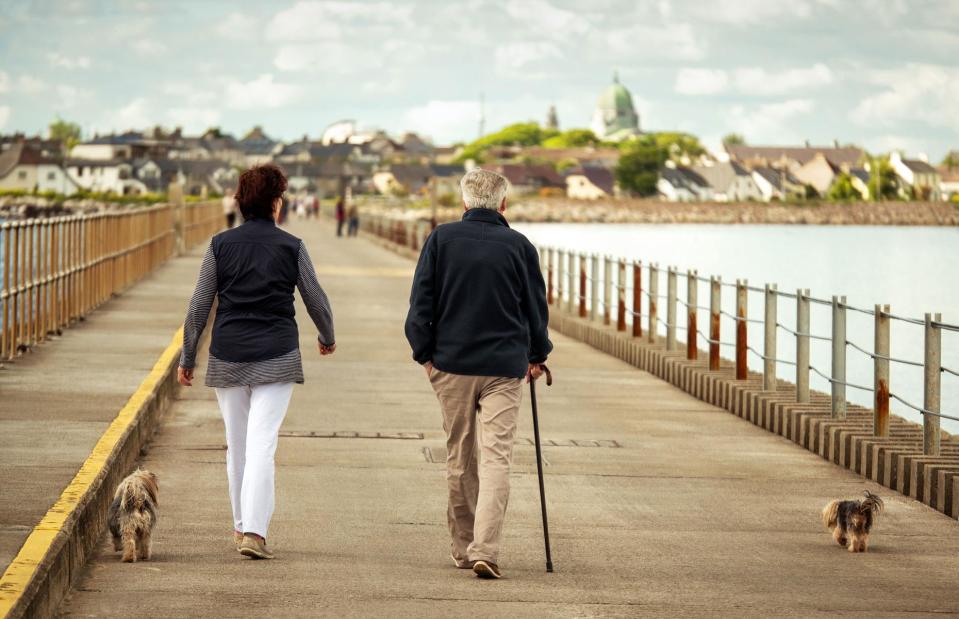
mark gusev/Shutterstock
Ireland, which is wealthier now in terms of GDP per capita than its neighbour, the UK, also surpasses the country in life expectancy. Back in 1950, the Irish typically died three years younger than the British. But they now live more than half a year longer, with Irish men boasting the longest life expectancy in the EU, according to the Central Statistics Office (CSO). The figure for both genders is poised to reach 86.5 by 2050.
In addition to a wealthy general population – higher income is strongly correlated to longer life expectancy – other factors such as healthier lifestyles and better healthcare, which have led to a fall in deaths from preventable diseases, are behind the improved longevity of the Irish people. Additionally, Ireland has some of Europe's lowest pollution levels and violent crime rates.
New Zealand: 86.6 years

Brian Scantlebury/Alamy
Life expectancy in New Zealand is 83.2 today, up from 69.3 in 1950. The figure is predicted to hit 86.6 in 2050.
New Zealanders live relatively long lives for a number of reasons, from decent healthcare and education about preventable diseases to an excellent work-life balance. But life expectancy for Māori and Pacific Island New Zealanders is significantly lower than that of white New Zealanders, though the gap has narrowed. One of the ways the country is seeking to close this is by prioritising Māori and Pacific Island people on elective surgery waiting lists.
Canada: 86.7 years

Maridav/Shutterstock
Canada's life expectancy stands at a shade over 83 years. In 1950 the figure was 68.2, and by 2050 it's expected to reach 86.7.
On average, Canadians live significantly longer than Americans. Research indicates that Canada's universal healthcare, and America's lack thereof, is the key factor behind the life expectancy gap between the two countries. Other factors that contribute to the gap include Canada's lower level of income inequality and much lower number of gun-related deaths per capita.
France: 86.7 years
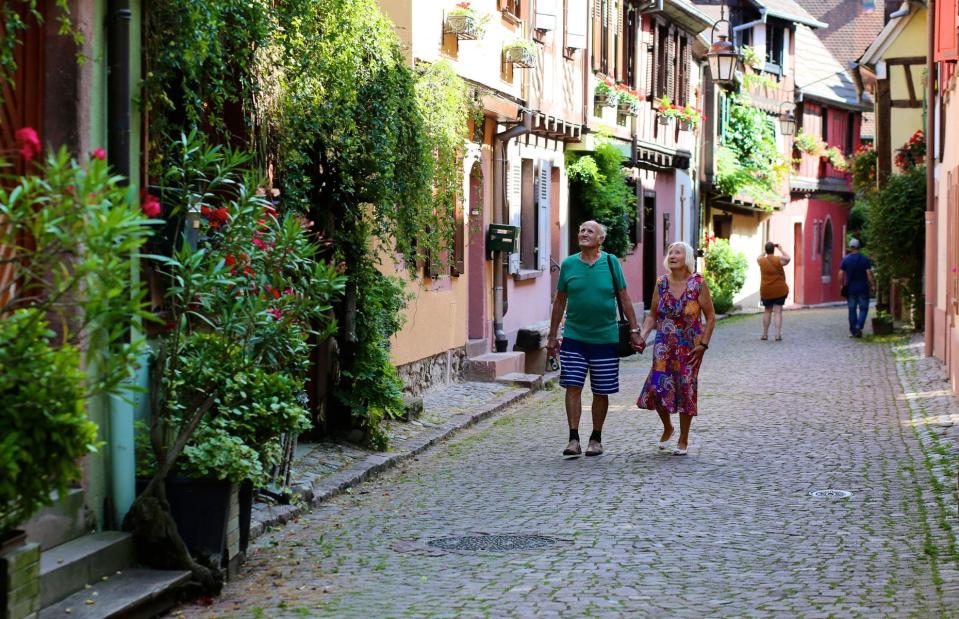
CroMary/Shutterstock
France's Jeanne Calment lived to 122, making her the oldest-ever person. The country is noted for the long life expectancy of its citizens, with the current figure standing at 83.4 years, up from 66.4 in 1950. The average is predicted to hit 86.7 in 2050.
An excellent healthcare system, a lower retirement age than many countries, low obesity rates, and the nation's joie de vivre mentality have all been cited as factors behind the impressive longevity of the French. Life expectancy is even higher in the overseas department of Martinique, which is considered a new so-called Blue Zone where people live exceptionally long lives.
Sweden: 87 years
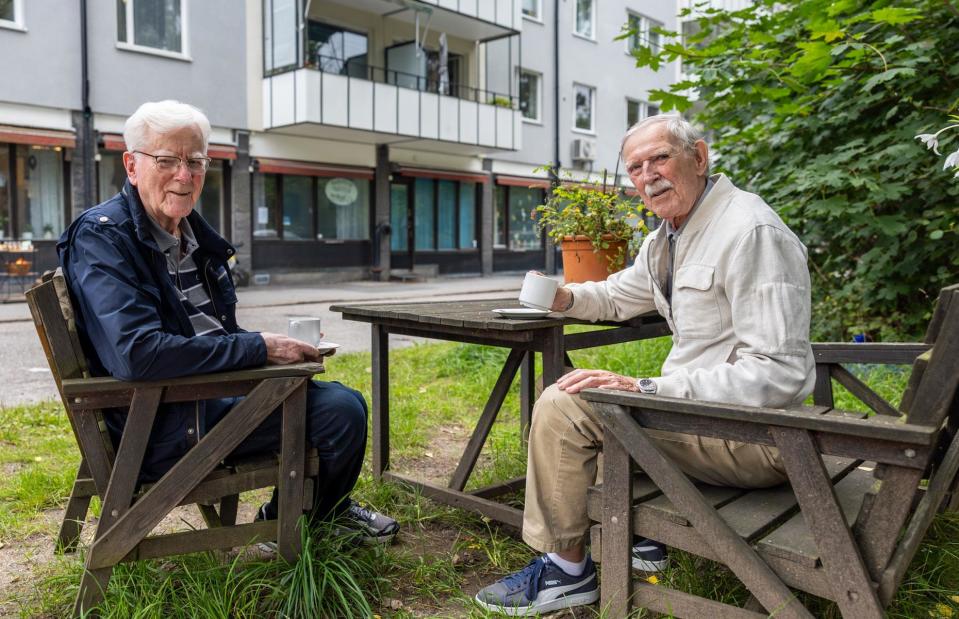
Alexanderstock23/Shutterstock
As previously mentioned, Norway had the world's highest life expectancy in 1950. It's now beaten by fellow Nordic nation Sweden, where the average lifespan is currently 83.7 compared to 83.4 in Norway. By 2050, Swedes will live 87 years on average, while Norwegians will typically make it to 86.9.
So why is Sweden's life expectancy so high? The nation's universal healthcare system is exemplary, quality of life is top-notch (with the country the number one globally on this metric in U.S. News and World Report rankings), and everything from violent crime rates to pollution levels are reassuringly low.
Australia: 87.1 years

PeopleImages.com - Yuri A/Shutterstock
Life expectancy in Australia is currently 83.7 years, up from 69 in 1950. By 2050, Aussies will be living to 87.1 on average. Interestingly, according to the country's official statistics agency, Australia is one of the few countries that saw life expectancy increase during the COVID pandemic due to its effective early containment of the disease.
Like Sweden, Australia has high living standards and excellent universal healthcare. Marked disparities do exist, however. For example, Aboriginal and Torres Strait Islander people die nine years earlier than non-Indigenous Australians, on average, while the poorest Australians are 1.5 times more likely to die early than the richest.
South Korea: 87.4 years

Imago/Alamy
In 1950, when South Korea was in the midst of a civil war, life expectancy in the young nation was a mere 21.3 years. Fast-forward to 2024 and the figure stands at 84.1. No other country has seen a more significant rise since the middle of the 20th century, and by 2050 the number is projected to reach 87.4. (North Koreans die around 10 years earlier on average).
South Korea's high life expectancy can be attributed to a number of factors. The country has the best healthcare system in the world after Taiwan, according to the 2023 edition of the CEOWORLD Health Care Index, and there are few health disparities among the population. Other reasons include the country's wholesome traditional diet and a low obesity rate.
Spain: 87.5 years

Unai Huizi Photography/Shutterstock
Southern Europeans tend to live longer than their northern counterparts, but this wasn't always the case. Spain's life expectancy was a relatively poor 61.8 years in 1950 but has since shot up, particularly during the economic miracle of the 1960s and following the end of the Francoist dictatorship in 1975.
Spain's life expectancy now stands at 84.1 and is forecast to hit 87.5 in 2050. The reasons cited for the longer lifespans enjoyed by Spanish people are plentiful, with the nation's first-rate universal healthcare, warm climate, Mediterranean diet, and emphasis on family life that promotes wellbeing among older people all in the mix.
Singapore: 87.6 years

PixOfPOP/Shutterstock
Singapore's life expectancy has jumped from 50.7 years in 1950 to 84.3 today. Based on the latest estimates, it's set to rise to 87.6 by 2050.
Successive governments of the affluent city-state have spent lavishly on healthcare and medical technology, creating a healthcare system considered the best in the world by some research organisations, including London-based think-tank the Legatum Institute. Other factors include a generally wholesome diet, low rates of obesity, and the fact that senior citizens are highly respected in Singapore.
Italy: 87.7 years

Eddy Galeotti/Shutterstock
Life expectancy in Italy has soared from 65.7 years in 1950 to 84.2 this year. But since 2010 the rate of increase has slowed, with factors such as rising poverty, less healthy lifestyle choices among the population, a lack of screening for preventable diseases, and poorer healthcare all suggested as possible drivers.
Italy still ranks among the world's longest-living countries, and life expectancy is forecast to hit 87.7 by 2050. Italy also boasts one of the world's original Blue Zones. The Ogliastra region of Sardinia has the highest number of centenarian men in the world, with its low-protein, vegetable-rich diet identified as the key secret to its inhabitants' longevity.
Switzerland: 87.7 years

Sabrina Bracher/Shutterstock
Switzerland's life expectancy has risen from 68.9 years in 1950 to 84.4 today and is projected to increase to 87.7 by 2050.
The Swiss pride themselves on their active lifestyles. Healthy eating is de rigueur in the country, while obesity levels are among the lowest in Europe. Switzerland is an exceedingly rich country and, as we've mentioned, wealth correlates with long life, while the nation's healthcare system is first-class.
Japan: 88.3 years

Chad Ehlers/Alamy
Life expectancy in Japan is currently 85 years, up from 59.2 in 1950. The figure is set to reach 88.3 in 2050.
Japanese people tend to live long lives because rates of heart disease and cancer are relatively low. This is mainly due to the nation's extremely low obesity rate and traditional diet, which eschews red meat for fish and is rich in plant-based foods. Unsurprisingly, Japan has the highest number of centenarians per capita and Okinawa, one of the original five Blue Zones, is located in the country.
Monaco: 90.2 years
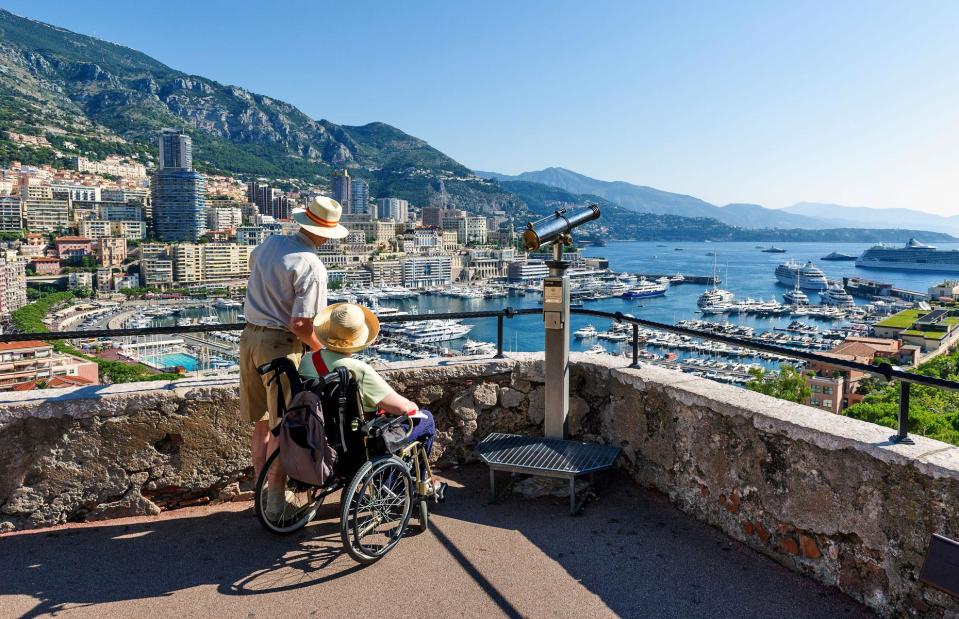
BTWImages/Alamy
The super-rich principality of Monaco has the highest life expectancy in the world right now at just over 87 years. It stood at 66.5 in 1950 and is projected to rise to the ripe old age of 90.2 in 2050.
Needless to say, the abundant wealth of the tiny country's inhabitants is a fundamental factor. Poverty in Monaco is almost non-existent. Healthcare is five-star and the billionaires' playground has the second-highest number of doctors per capita in the world. Other factors include the Mediterranean diet and climate, very low rates of violent crime, and a focus on inclusive community activities that keep seniors active and engaged.
Now discover which countries are using the most renewable energy

 Yahoo Finance
Yahoo Finance 